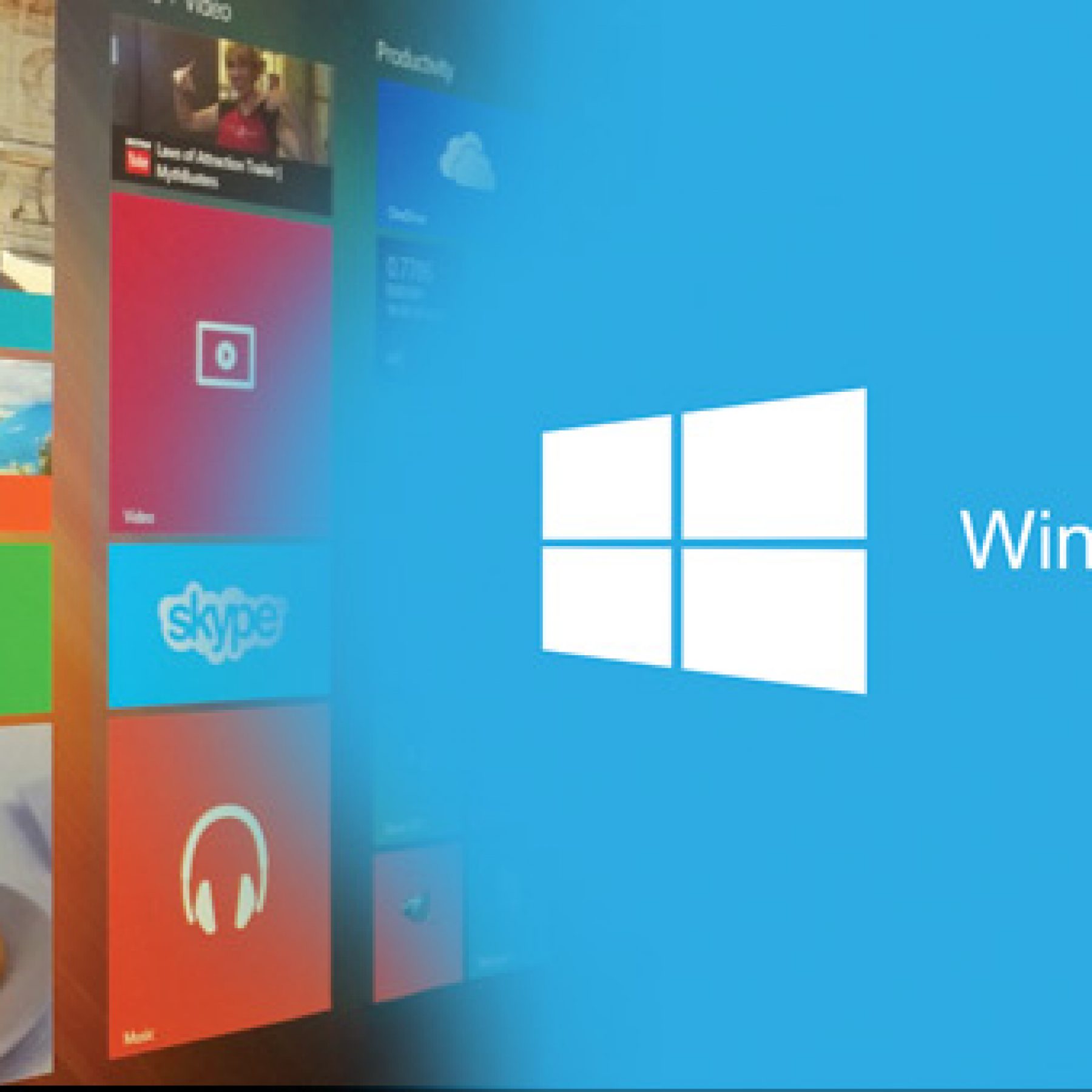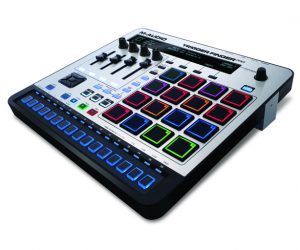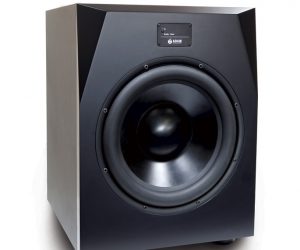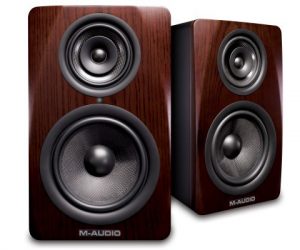
PC AUDIO 113

Windows 10 Part 3: The Dust Settles
Column: Martin Walker
I make no apologies for returning to the subject of Microsoft’s new Windows 10 operating system for a third time in this column. Simply because the vast majority of us (apart from those few diehards still hanging on with the now aged Windows XP) will have been offered a free upgrade to W10 from their current operating system by Microsoft, and thus either already taken the plunge, or at least been sorely tempted to do so. A huge number of musicians have already succumbed and installed Windows 10, and are either very happy with its performance in conjunction with their personal range of software applications, or have tried it and subsequently rolled back to Windows 7 or 8 for a variety of reasons. Some musicians are stoically resisting the upgrade urge altogether, on the grounds that their PCs already work well and see no reason to disturb the status quo.
WHO LOVES YOU BABY?
In the four-month period since its July 29th release, most third party companies (but not all it seems) have had plenty of time to extensively test their software for compatibility with Windows 10. It’s generally receiving a cautious thumbs up from most quarters in the audio world, although I suspect some developers still have their fingers crossed behind their backs. A few have also released product updates to resolve issues found during testing. More specifically, following the initial problems I mentioned in Issue 111, Native Instruments now seems happy that all its products work without any specific issues, and Steinberg also announced that its entire Cubase/Nuendo/Wavelab software range is now compatible with W10. Although a couple of its hardware items still have residual issues to be addressed.
However, not all is sweetness and light — Avid’s Sibelius 8 software now supports Windows 10, but the only PC operating systems deemed compatible with its supremely popular Pro Tools still remain Windows 7 or 8. I should perhaps point out at this stage that this catch-up approach isn’t a Windows-only thing: exactly the same scenario is now playing out with Apple’s new OS X 10.11 El Capitan version released on September 30th, with some audio companies advising their customers to hold off from the update until compatible versions of their products are made available. Ironically, Avid has already added support for El Capitan in its Pro Tools 12.3 release for OS X, while its Media Composer package is still not yet supported.
HIDING IN PLAIN SIGHT
Lurking behind Windows 10’s glossy exterior, some people are still concerned about the ‘telemetry’ issues I discussed in Issue 112, where W10 collects various personal data from your PC and sends it back anonymously to Microsoft servers. This sort of activity is now commonplace in other operating systems (including Apple’s OS X), as well as plenty of applications such as Facebook and Google, yet some people still find it unnerving that their keyboard tapping may be used as a vehicle to deliver personalised advertising and the like.
If you are determined to opt out of this brave new world, there is apparently a way to avoid this happening with Windows 10, by creating a W10 ‘local account’ on your PC — the same type of single-user account that was used in Windows 7 and Vista. In essence, a Windows 10 PC running a local account won’t attempt to connect with Microsoft servers or collect any data about the user. Microsoft offers instructions on how to do this, but I found a far easier to understand version at www.groovypost.com/howto/create-local-account-windows-10.
The other issue I discussed in Issue 112 was automatic updates, where any W10 improvements or bugfixes issued by Microsoft will get downloaded and installed behind the scenes without your knowledge, to the possible detriment of audio performance. Once again, possible avoidance tactics have emerged. While you cannot bypass these actions with the standard Windows 10 version, W10 Professional, Enterprise and Education editions can have automatic updates disabled via their Group Policy Editor, or via Registry hacks; although the specifics are rather beyond the scope of this column. If you want to find out more, detailed instructions can be found at www.howtogeek.com/224471/how-to-prevent-windows-10-from-automatically-downloading-updates.
Having said that, Steinberg for one states that for full compatibility with the very latest versions of its products, Windows 10 also has to be fully up to date as well, indicating most of us will probably have to succumb to this new approach. After all, if the majority of users are getting these updates automatically, software developers will have to ensure that their products continue to function correctly with all of them in place.
Thankfully, there are also ways to uninstall and block particular updates and drivers if the worst happens and they do turn out to impinge on audio performance (as first mentioned in Issue 112, graphics card driver updates have been known to be particularly problematic in the past). Microsoft provides instructions on ‘How to temporarily prevent a Windows or driver update from reinstalling in Windows 10’ at support.microsoft.com/en-us/kb/3073930, by means of the ‘Show or hide updates’ troubleshooter, which provides a user interface for hiding and showing Windows 10 updates and drivers. Once hidden, Windows will not attempt to reinstall these updates, so this should (fingers crossed) enable us to backtrack if all else fails.
SHIFTING LINES
Ultimately, Windows 10 has highlighted for many of us a paradigm shift for operating systems that’s long been followed by our Mac brethren. First we get offered a tantalising free OS update that will be eagerly adopted by the ‘enthusiasts’. Hopefully they will flush out any remaining bugs and software compatibility problems. Then comes the painful wait of hopefully just a month or two until the ‘all clear’ is sounded by third party developers, followed by almost universal adoption by all but the firmly entrenched. Sadly, while jumping off the upgrade bandwagon and sticking with old stalwart Windows 7 still remains an option, the rest of the world will undoubtedly move on. Sooner or later you’ll be faced with having to buy a new software item that only officially supports Windows 10, and then you’re on your own, possibly also facing a huge game of catch-up with your other software. The Windows OS update is dead, long live the Windows OS update!
















RESPONSES